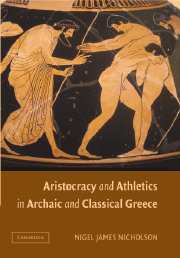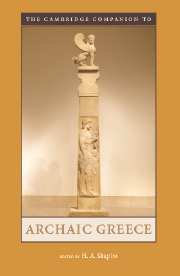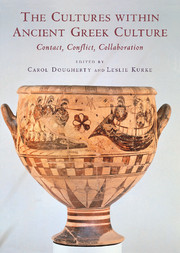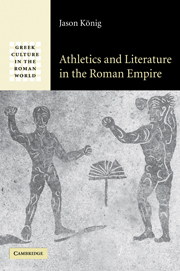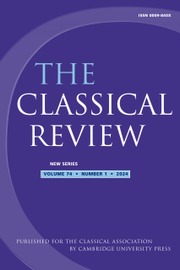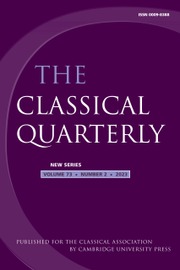Aristocracy and Athletics in Archaic and Classical Greece
Athletics represented an important institution through which the Greek aristocracies sought to maintain their privileged political position, with the assistance of charioteers, jockeys and trainers from the lower classes. In the late archaic and early classical period, the relationship between the victors and helpers changed radically, threatening the political value of athletics, and undermining the institution for aristocrats. Nigel Nicholson examines how aristocrats responded to these changes through a study of the significance of victory memorials as a symbol of social struggle in ancient Greece.
- New historics study
- Joins work on Pindar's odes with work on ancient athletics
- Produces readings of various memorials
Reviews & endorsements
"...a creative and wide-ranging book." - Annie Mahoney, Tufts University
"...contains a number of perspective and learned discussions.."
David Sansone, Classical World
Product details
October 2011Paperback
9781107403680
296 pages
229 × 152 × 17 mm
0.44kg
Available
Table of Contents
- Part I. Charioteers, Mule-Cart Drivers and Jockeys:
- 1. Missing persons
- 2. Carrhotus and Cnopiadas
- 3. Nicomachus
- 4. Phintis
- 5. Pherenicus and Lycus
- Part II. Athletic Trainers:
- 6. More missing persons
- 7. Melesias
- 8. Menander
- 9. Chiron and Athena.

